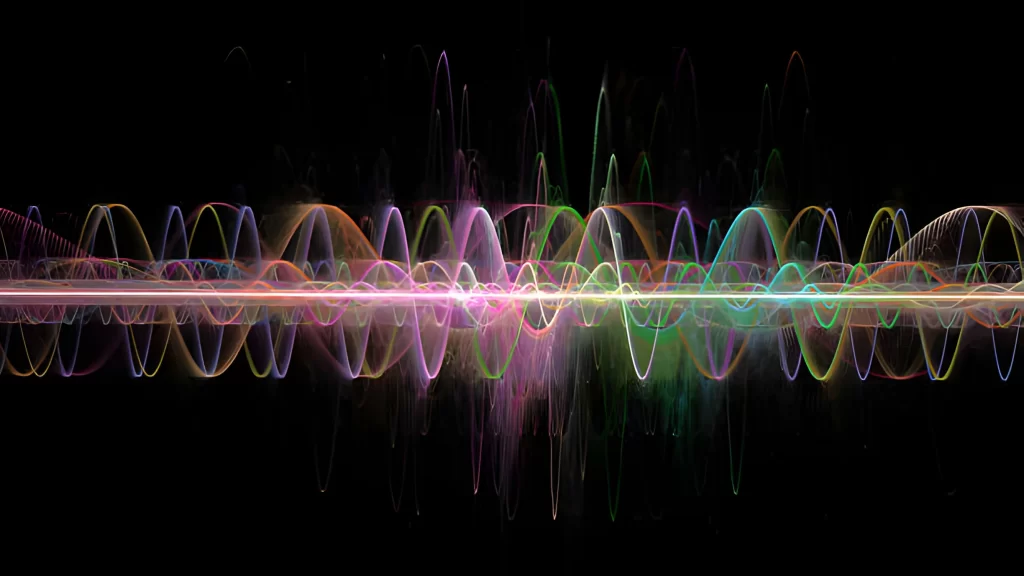
Embarking on the intricate journey of audio forensic services investigation demands a nuanced understanding of the tools at our disposal. In this guide, we delve into the heart of audio forensics, specifically focusing on demystifying the pivotal role of oscilloscopes.
Oscilloscope are essential forensic tools that provide new avenues for audio signal analysis. This comprehensive guide seeks to empower audio forensic specialists by offering a thorough understanding of using oscilloscopes efficiently for increased audio analysis and evidentiary clarity, from deciphering complex waveforms to taking on sophisticated applications.
Fundamentals of Audio Forensics

Introduction to Audio Forensics
Audio forensics is a critical discipline bridging technology and investigative practices, serving as a key player in legal contexts. This field involves the scientific analysis and interpretation of audio recordings to extract meaningful information for audio forensic services investigative purposes.
The Role of Oscilloscopes
At the heart of audio forensics, oscilloscopes emerge as indispensable tools. Their role extends beyond mere visualization, providing forensic experts with a dynamic means to analyze waveforms, frequencies, and amplitudes, contributing significantly to the meticulous examination of audio evidence in legal and investigative domains.
Understanding these fundamentals sets the stage for a comprehensive exploration of the audio forensic process.
Basics of Oscilloscopes for Audio Analysis

Overview of Oscilloscopes
Oscilloscopes are fundamental instruments in audio forensics, visualizing electrical signals over time. They consist of a display screen, controls for signal adjustment, and input ports. Understanding the basic anatomy of an oscilloscope lays the groundwork for utilizing its functionalities effectively in audio analysis.
Choosing the Right Oscilloscope
Selecting the appropriate oscilloscope is crucial for tailored audio forensic tasks. Factors such as bandwidth, sample rate, and channel count must align with the specific requirements of the investigation. Whether a digital storage oscilloscope (DSO) or an analog oscilloscope, the right choice ensures optimal signal capture and analysis.
Setting Up the Oscilloscope
The initial steps in configuring an oscilloscope are pivotal for accurate audio analysis. This involves connecting the instrument to the audio source, adjusting voltage scales, and calibrating timebase settings. A well-configured oscilloscope ensures precise visualization of waveforms, setting the stage for a meticulous examination of audio signals.
Step-by-Step Guide to Audio Analysis with Oscilloscopes

Capturing Audio Signals
The journey begins with capturing audio signals using oscilloscopes, a process critical for subsequent analysis. Through meticulous connection to the audio source, oscilloscopes enable the visualization of electrical signals representing sound waves. This initial step emphasizes the significance of signal clarity, ensuring that the captured data forms a reliable foundation for audio forensic services examination.
Waveform Analysis
Waveform analysis stands as a cornerstone in audio forensic investigations. Here, we break down the steps involved in dissecting waveforms—examining peaks, troughs, and patterns. Understanding the intricacies of waveform analysis allows forensic experts to interpret nuances within audio recordings, unveiling crucial details and potential anomalies that contribute to the investigative narrative.
Moving from capturing signals to waveform analysis is akin to translating the language of electrical signals into a visual representation of sound. Peaks and troughs in the waveform correspond to different elements of the audio, offering insights into the temporal structure and characteristics of the recorded sound. Anomalies or irregularities in this representation may point to potential alterations or hidden details that merit closer examination.
Frequency and Amplitude Assessment
In this stage, attention turns to the assessment of frequency and amplitude in audio signals. Oscilloscopes provide a dynamic platform for gauging the pitch and volume of audio recordings. By navigating through the frequency and amplitude components, forensic analysts gain insights into the characteristics of the audio source, enhancing the depth and accuracy of the analysis.
Analyzing frequency involves examining the number of oscillations in a given time, providing information about the pitch of the sound. Simultaneously, amplitude assessment delves into the strength or volume of the audio signal. Oscilloscopes empower forensic professionals to scrutinize these elements, aiding in the identification of distinct features or irregularities that may be crucial in unraveling the intricacies of the audio evidence.
Filtering and Noise Reduction Techniques
Utilizing oscilloscopes for filtering and noise reduction is pivotal for refining the quality of audio evidence. This step involves employing the instrument’s capabilities to isolate and eliminate unwanted noise, ensuring that the forensic examination is conducted on a clean and accurate audio signal. Insights into these techniques equip forensic professionals with the tools to enhance the fidelity of their findings, contributing to the credibility of audio evidence in legal proceedings.
Advanced Applications in Audio Forensic Examination

Speaker Identification
Oscilloscopes play a pivotal role in the advanced application of speaker identification through waveform analysis. By scrutinizing unique characteristics in speech patterns and vocal signatures, forensic experts would use oscilloscopes to distinguish and match waveforms to a specific speaker.
Time-Domain Reflectometry
Introducing advanced techniques like time-domain reflectometry elevates audio forensic examinations to a new level. Time-domain reflectometry involves analyzing reflections or disturbances in audio signals, offering insights into the temporal aspects of the recording.
Oscilloscopes serve as essential tools in implementing this technique, allowing forensic experts to unravel intricate details within the time domain, contributing to a more comprehensive and sophisticated analysis in audio forensics.
Conclusion
In concluding this step-by-step guide, we’ve navigated through the essential stages of leveraging oscilloscopes for enhanced audio forensic analysis. From capturing signals to waveform intricacies, frequency assessments, and advanced applications like speaker identification and time-domain reflectometry, oscilloscopes prove to be indispensable tools.
With a meticulous approach to signal refinement and advanced applications, oscilloscopes contribute significantly to the credibility and depth of audio evidence, ensuring a comprehensive and nuanced forensic examination in legal and investigative domains.
